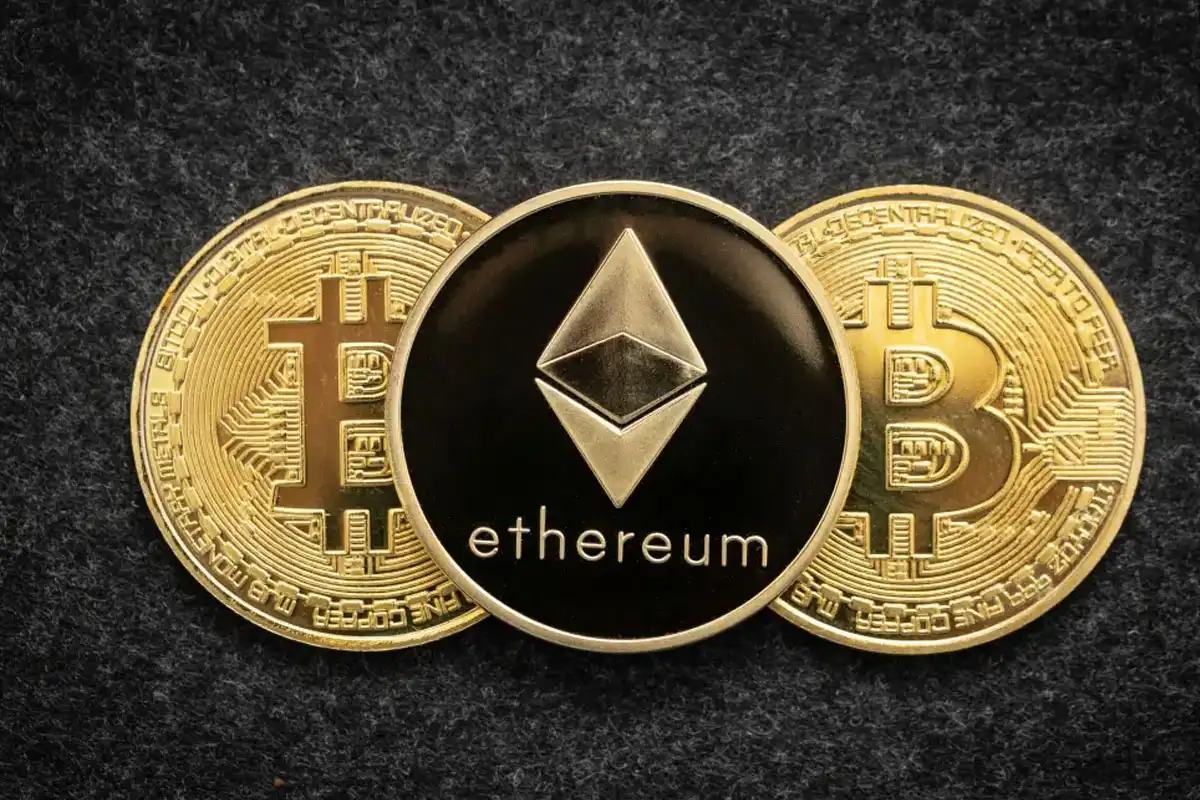How cryptocurrencies are solving US stocks and bonds problem

Digital currencies are emerging as an unexpected savior of global economic markets in the wake of Trump’s tariff chaos. Getty Images
The Trump administration’s push for global allies to “Buy American” energy, defense, and farm goods has met mixed results.
While trading partners like the EU and Japan pledge support to avoid trade wars, foreign investors are rapidly selling U.S. stocks, bonds, and other assets, raising alarms about America’s ability to fund its $34 trillion debt.
Since early 2024, the U.S. dollar has dropped over 10% against the Euro and Yen, and 8% against the British Pound. Meanwhile, European and U.K. stock markets have outperformed U.S. indexes battered by tariffs. Economists warn that fading global trust in the dollar—long the world’s reserve currency—could accelerate if foreign buyers abandon U.S. Treasuries.
“Confidence in the dollar took decades to build but could vanish overnight,” warned Barry Eichengreen, a UC Berkeley economist. China, which holds $1 trillion in U.S. debt, might even dump bonds to retaliate for tariffs, spiking interest rates and crippling loans for homes, cars, and businesses.
Amid this crisis, an unlikely buyer has emerged: blockchain-based stablecoins. These digital currencies, pegged 1:1 to the U.S. dollar, now hold over $250 billion in U.S. government debt—making them the *7th-largest Treasury buyer globally*, ahead of Germany and Australia.
Stablecoins like USD Coin (USDC) and Tether (USDT) must back each token with cash or Treasuries, creating steady demand for U.S. debt. Former House Speaker Paul Ryan noted in a Wall Street Journal op-ed: “Stablecoins are becoming critical net purchasers of U.S. debt.”
Circle CEO Jeremy Allaire predicts stablecoins could grow to $3 trillion by 2030, absorbing more U.S. debt than China, Japan, and the U.K. combined. At a February 2024 White House summit, Treasury Secretary Scott Bessent endorsed the idea, stating stablecoins could help maintain the dollar’s global reserve status.
While stablecoins offer a lifeline, they’re still a small fraction of the $26 trillion Treasury market. Critics argue over-reliance on this volatile sector is risky. However, supporters highlight their potential to offset foreign divestment and fund U.S. spending at lower interest rates.
The U.S. faces a paradox: pushing “Buy American” while foreign capital flees. Stablecoins might bridge this gap, blending crypto innovation with traditional finance. As China and others reduce dollar reliance, this tech-driven shift could redefine how America funds its future.
Catch all the Trending News, Breaking News Event and Trending News Updates on GTV News
Join Our Whatsapp Channel GTV Whatsapp Official Channel to get the Daily News Update & Follow us on Google News.














